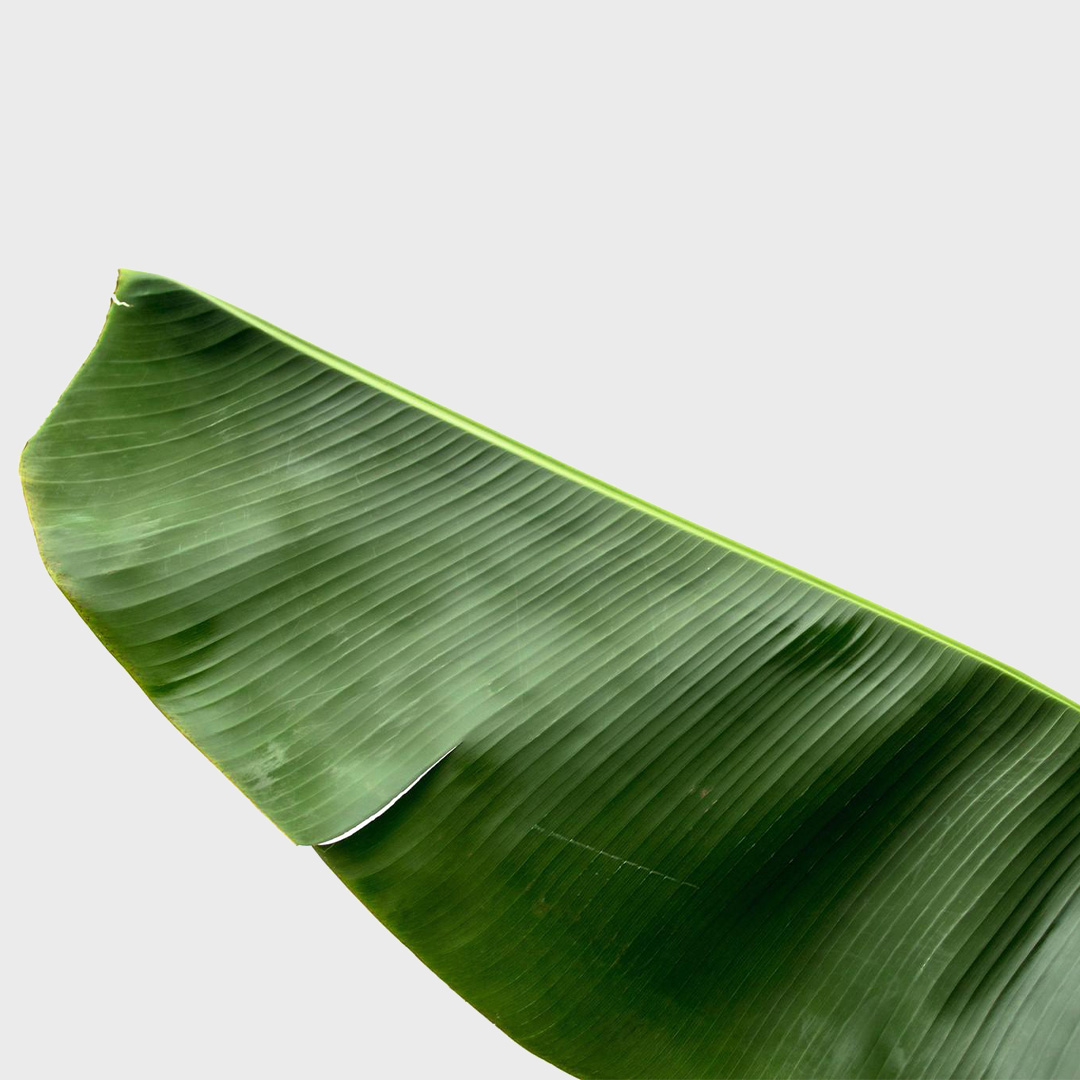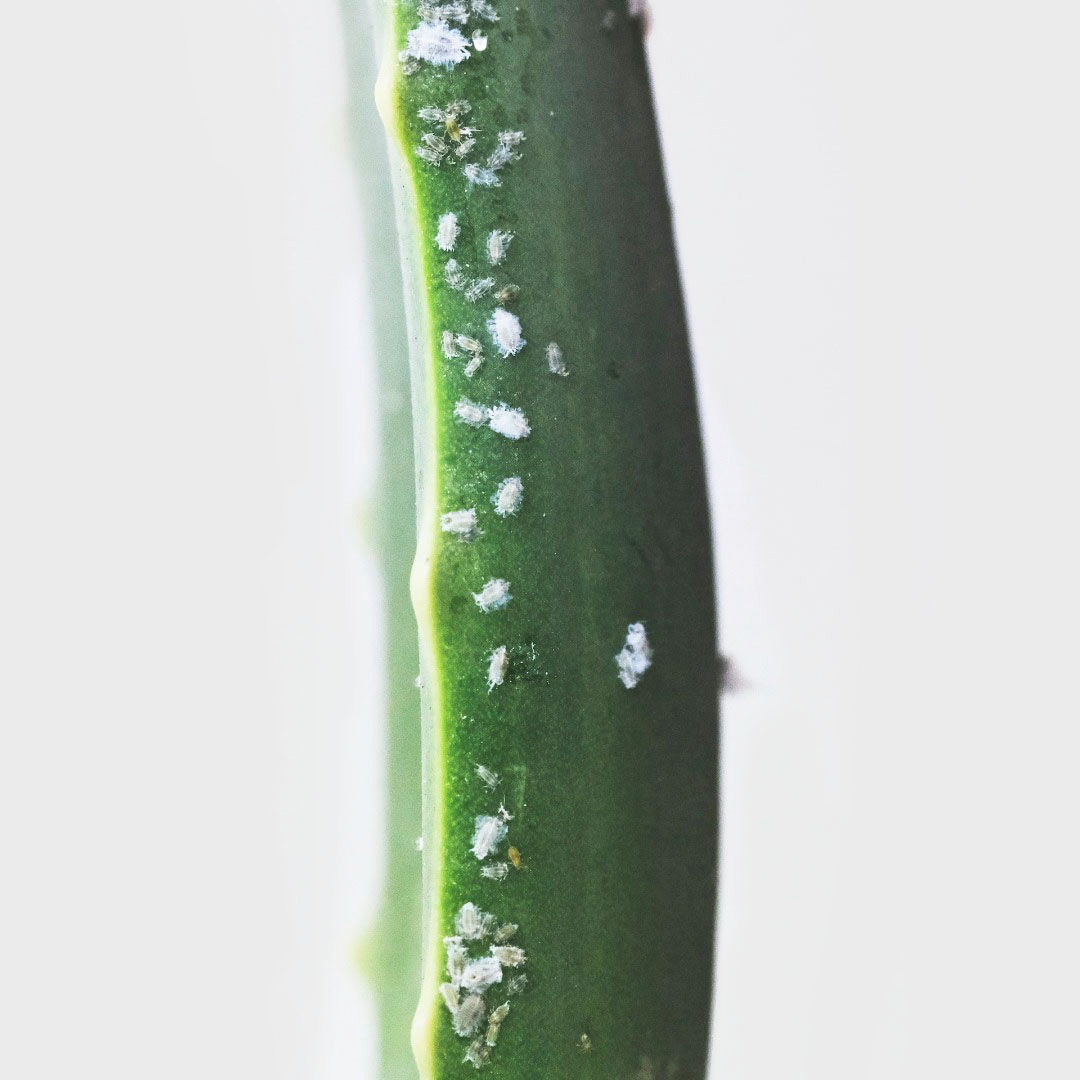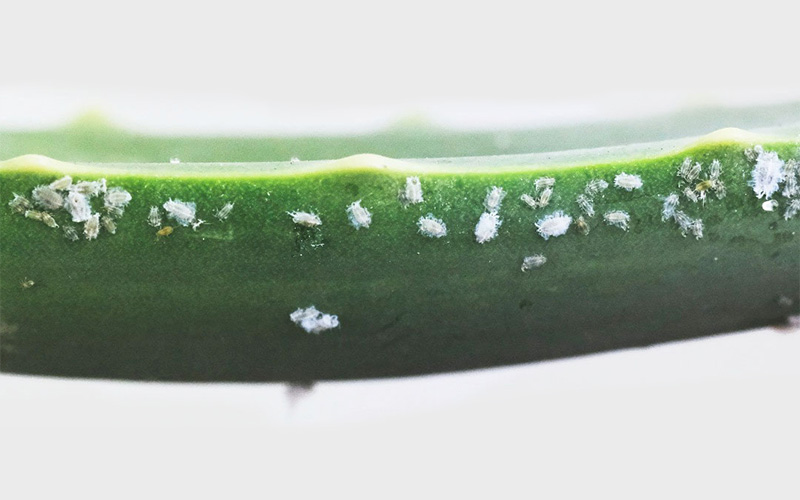
Deliver to
Europe
 English
EnglishThe Musa, commonly known as a Banana plant, is a genus with numerous shapes and sizes. Belonging to the family of Musaceae, this plant has over 400 species. The Banana plant is native to South-East Asia and Australia, where it thrives in optimal tropical conditions. In its natural habitat, its leaves can even reach a length of up to 2 meters.


Banana plants require consistent and frequent watering. They prefer moist soil, but not waterlogged soil, as overwatering can lead to root rot. Water the plant deeply, allowing the water to penetrate the soil, and wait until the top 2.5 cm of soil is dry before watering again. In general, you should water a banana plant once a week, but more often in hot or dry weather.
Banana plants prefer full sun, but they can also tolerate some shade. Ideally, the plant should receive six to eight hours of direct sunlight per day. If your banana plant is living outside in a hot climate, you may want to provide some shade for the plant during the hottest part of the day.
Banana plants require a lot of nutrients to grow properly. Fertilize your plant with a balanced fertilizer, every four to six weeks during the growing season. You can also use organic fertilizers, such as compost or manure.
Banana plants prefer well-draining soil that is rich in organic matter. You can use a mixture of peat moss, perlite, and vermiculite to create a soil mix that drains well and provides the nutrients the plant needs.
Banana plants are tropical plants that prefer warm temperatures. They prefer temperatures between 24 and 29 degrees Celsius. They can survive in temperatures as low as 10 degrees Celsius, but they may not grow as well. Therefore, keep your banana plant away from cold drafts or frosty weather, as they can damage the plant.
Prune your banana plant regularly to remove any dead or damaged leaves. Dead or damaged leaves attract pests and diseases, so it's important not to neglect them. You can also prune off any sprouts or offshoots that grow from the base of the plant, to encourage the main stem to grow taller. Any sprouts or offshoots can take away nutrients from the momther plant. If you want to grow more than one stem, you can allow the sprouts to grow.


During summer, the Banana plant is susceptible to spider mites, which are caused by dry air. To prevent these mites, it is recommended to use a plant sprayer on the plant at least once a week. Spider mites are a type of plant infection caused by mites, and can be identified by infected leaves and cobweb-like structures. If you detect the presence of spider mites, it is advisable to move the plant outdoors. The wind and moisture outside will quickly help to eliminate the spider mites.
Although Banana plants love water, they usually die from a surplus of water. If there is too much water, the roots of the plant can't absorb all the water. Eventually this can lead to root rot.
These brown edges are usually caused by hard water, or too much chalk in the water. The only solution is to provide less hard water.
Yellow leaves on a Banana plant usually indicate too much light. Although the Banana plant loves sunlight, the leaves have to get used to receiving more light.
You can leave the dead leaves, they are not harmful. It is quite normal for the lower leaves of the Banana plant to die off.
Do you want to remove the dead leaves anyway? Cut the leaves off as close to the stem as possible.
Yes, this is certainly possible in the summer months. Make sure you let the plant get used to its new environment. If you place the plant outside, without it being accustomed to the amount of light and humidity, the leaves may burn.
Please note that the Banana plant needs more water once it is outside. This is because the plant uses more energy.
Musa basjoo is indeed winter hardy. However, Musa basjoo is usually not sold as an indoor plant. So pay attention to what kind of Banana plant you place outside. Not all Banana plants are winter hardy.